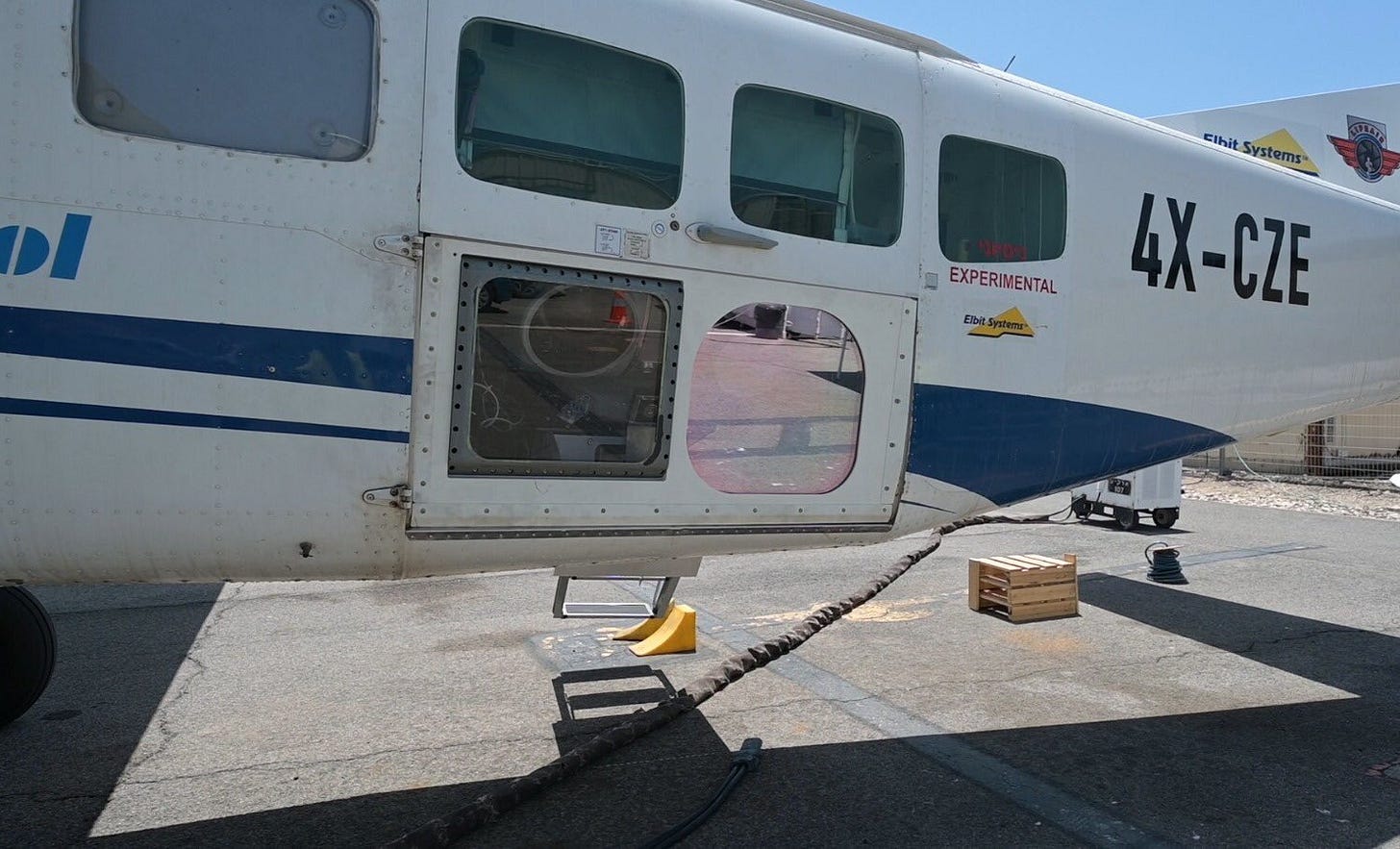Israel Is Forging Ahead With an Airborne 'Iron Beam’
While the US retreats from its airborne laser weapon ambitions, Israel is taking directed energy to the skies.

The US military may be stepping back from the development of airborne laser weapons, but the Israeli military appears to be moving full speed ahead.
Speaking during an earnings call on August 13, Elbit Systems president and CEO Bezhalel Machlis stated…
Keep reading with a 7-day free trial
Subscribe to Laser Wars to keep reading this post and get 7 days of free access to the full post archives.


